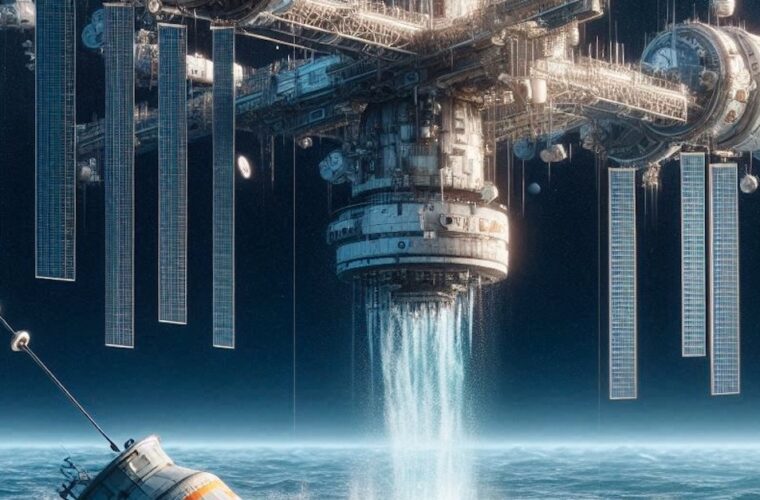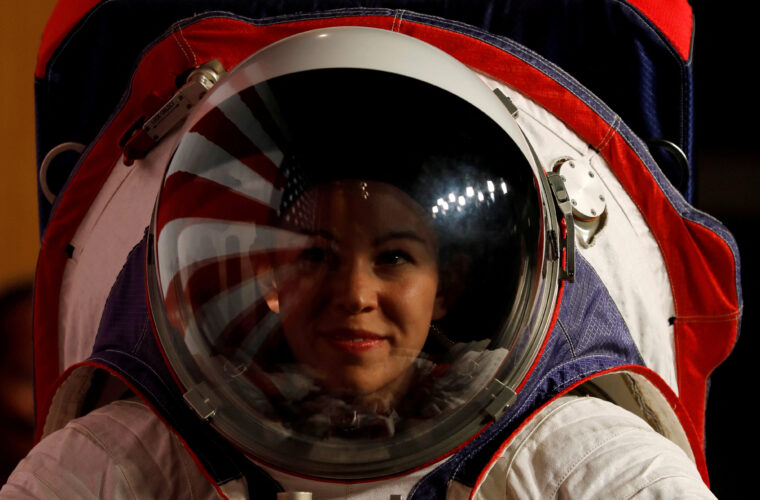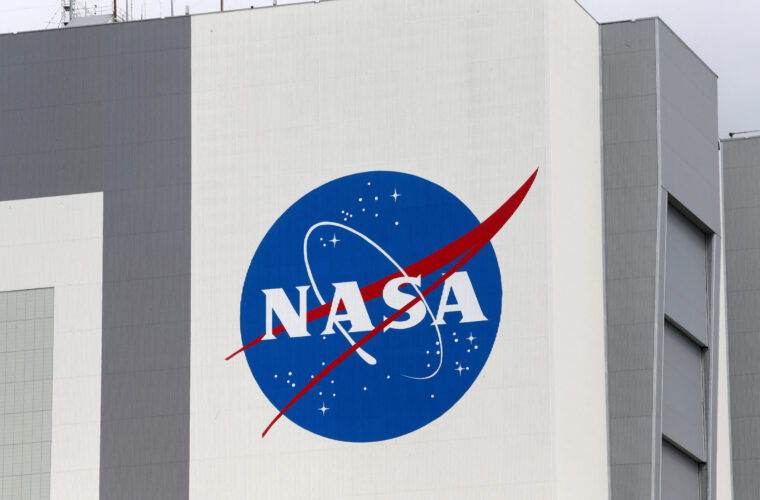Final chapter for the ISS: transitioning to a new space exploration era
After over twenty years of pioneering research and global collaboration, NASA has outlined its plans for concluding the International Space Station‘s (ISS) mission. The agency’s vision for the future shifts the focus from governmental to commercial involvement in low Earth orbit activities. This plan foresees a thriving economy in low Earth orbit, with private entities managing cargo and crew transportation services. This strategic transition is a significant shift in orbital operations and a foundation for NASA’s goals in deeper space exploration, including human-crewed missions to the Moon and Mars.
From vision to reality: the journey of the ISS
The concept of a space station, once a figment of science fiction, began taking shape in the 1940s with the realization that its construction was feasible. The Space Age of the 1950s saw designs for space planes and stations capture the public’s imagination. The first basic space station emerged in 1969 by docking two Russian Soyuz spacecraft. Subsequent advancements in space technology paved the way for the ISS, which was initiated in 1998 with the aid of the groundbreaking American space shuttles. Designed for a 15-year life, the ISS has exceeded expectations, continuously hosting humans and scientific research since 1998.
However, facing the inevitable ageing of its infrastructure, NASA plans to maximize the ISS’s use before transitioning to commercial platforms by 2030. The station’s decommissioning is set for January 2031, with a controlled descent into Point Nemo in the Pacific Ocean, marking the most extensive re-entry operation in history. NASA has requested funds to develop a “space tug” for this purpose, which is estimated to cost around $1 billion.
Controlled deorbiting and environmental considerations
The ISS’s final journey involves a carefully planned descent to avoid populated areas, with international space agencies collaborating on this complex task. A specialized U.S. Deorbit Vehicle, currently in procurement, will guide the station to a remote point in the Pacific Ocean. The operation aims to minimize environmental impacts, with analyses ensuring most of the station disintegrates upon re-entry, leaving any surviving fragments to fall into uninhabited ocean areas.
As the ISS nears its end, NASA’s comprehensive plan marks a pivotal change in space exploration, transitioning from a primarily public to a private-led endeavour. The ISS’s legacy will be celebrated for its scientific achievements and as a catalyst for a new era of commercial involvement in space.
Post-ISS developments and international collaboration
NASA clarifies that its deorbiting plans pertain only to the American segment of the ISS, emphasizing the shared responsibility among international partners (USA, Russia, E.U., Japan, Canada). A single vehicle will likely be developed for deorbiting, with costs distributed among the partners based on their investment in the station. Post-deorbiting, this “space tug” could serve multiple purposes, like maintaining the orbits of space stations or satellites and managing space debris. Commercial exploitation of such a vehicle appears promising, especially with optimized propulsion and in-orbit refuelling capabilities.
The lifespan of the International Space Station (ISS) has undergone several extensions, yet it appears to be approaching its end in the early 2030s. NASA has repeatedly expressed its aspiration for the private sector to carry this legacy by creating orbital stations designed for astronauts and scientific research.



